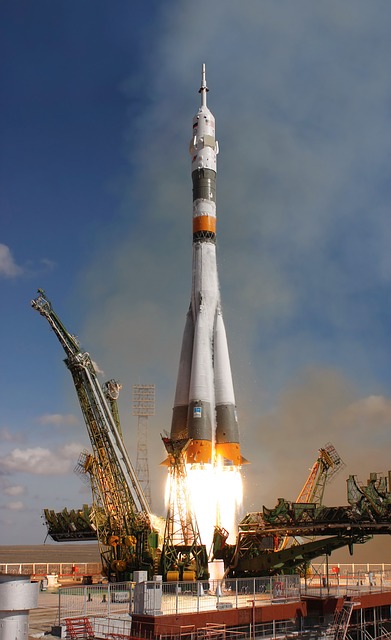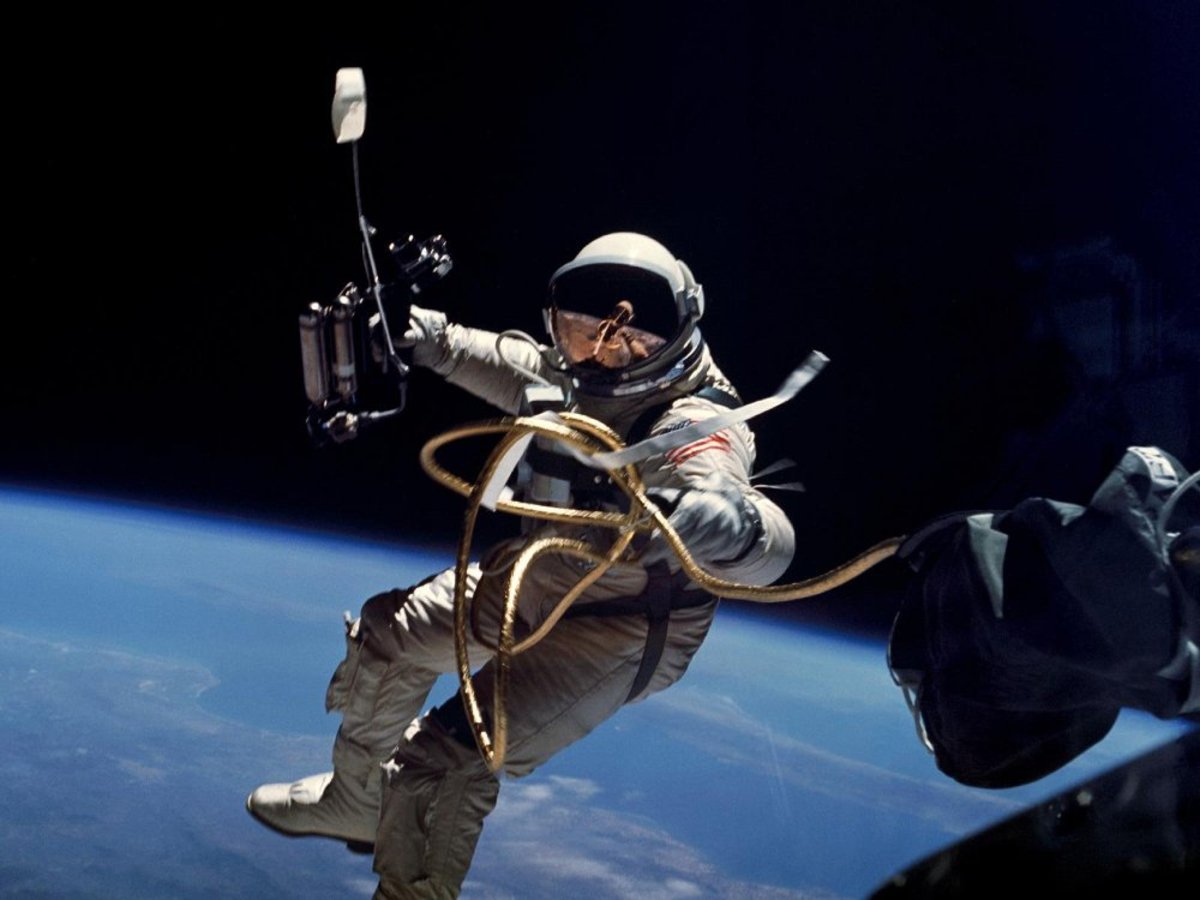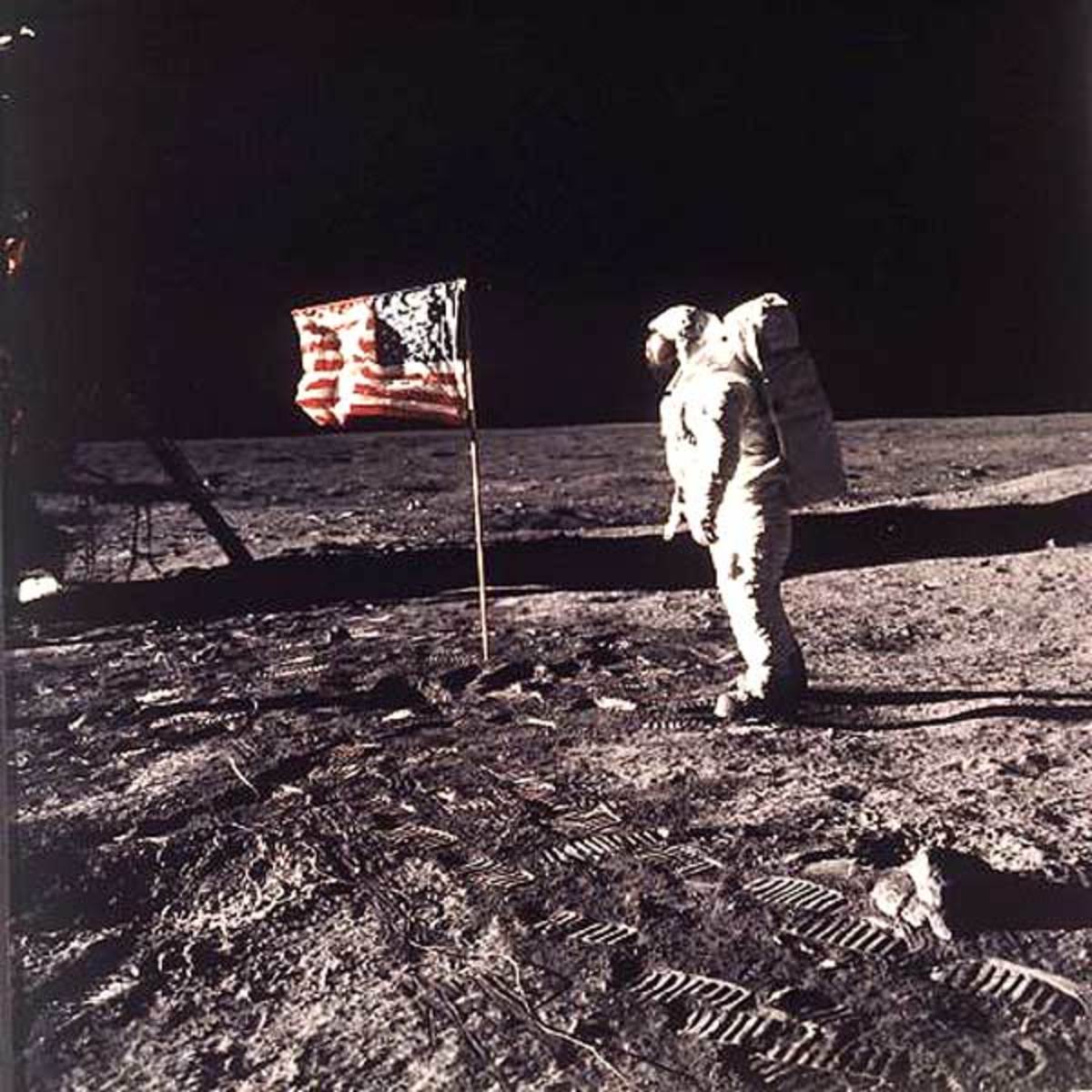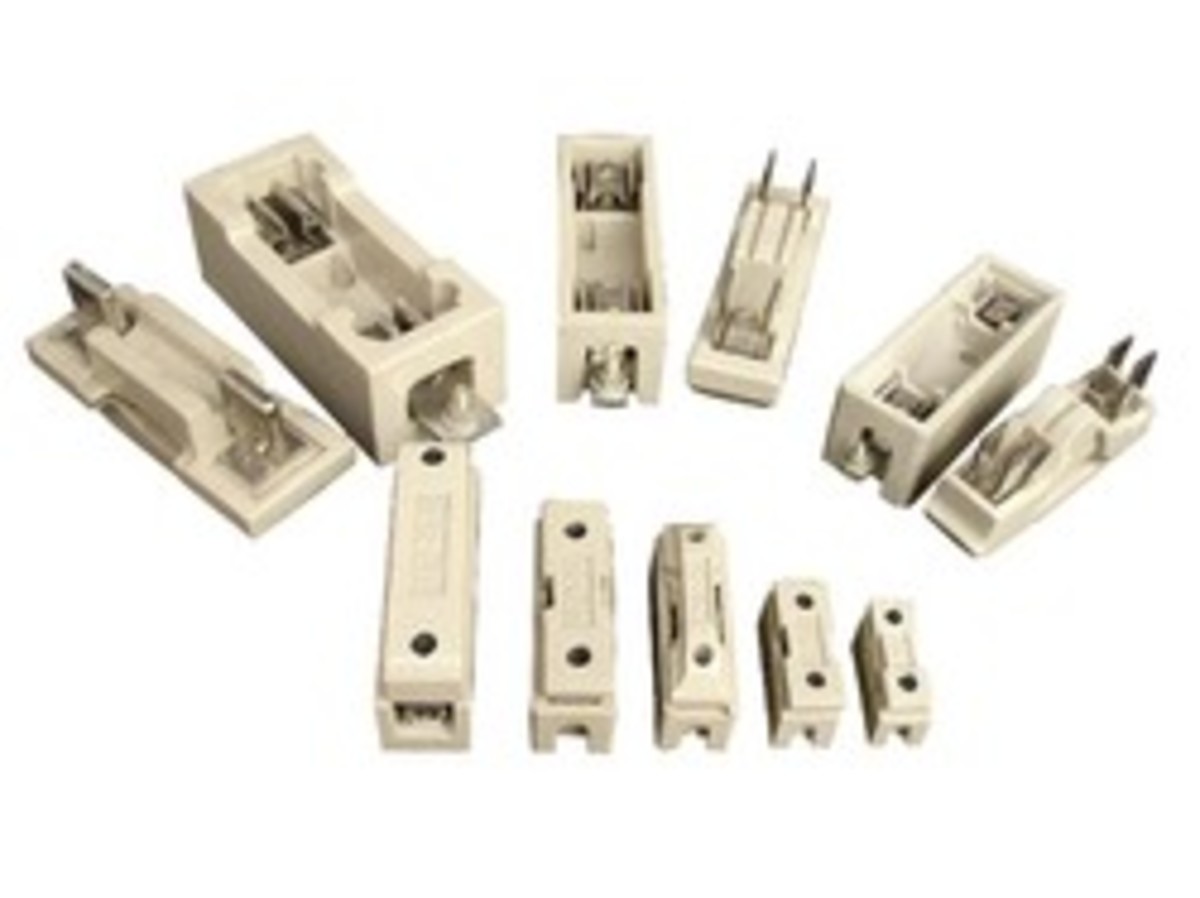Rockets And Satellites

A spacecraft is any vehicle that is used to travel out to space. A typical example of a spacecraft is the rocket. In space technology, we can define rocket as a spacecraft in the shape of a tube that is powered and driven by stream of gases that is let out when fuel is burned inside.
The rocket is an engine that produces a great power, more power than any other engine.
A model rocket in space exploration consists of these basic components:
- The Body Tube
This a hollow cylinder to which all other parts are attached
- The Fins
These are attached to the bottom part of the body tube just as fins are attached to a fish. They help the rocket to travel straight during flight.
- The Launch Lug
This is a narrow tube fastened to the side of the body tube. The launch lug guides the rocket and keeps it vertical during lift off
- The Rocket Holder
This is a ring cemented inside the bottom of the body tube of the rocket. It is constructed in such a way that the rocket engine fits into the engine holder
- The Rocket Engine
This is usually in the form of a tube and contains the solid fuel or propellant. The propellant is an explosive for firing a bullet or rocket.
- The Nose Cone
This metallic structure forms the tip of a model rocket. Its tip has a rounded point that reduces the air resistance.
- The Recovery device :
This device is wired to return the rocket slowly to the ground after it has reached its highest point or maximum altitude called apogee. One such device is a parachute behind the nose clone.
- A Launch system or pad: This consists of a launch pad and an engine ignition system with a battery.
A rocket traveling to space requires more than one engine. The reason being it will require much large amount of fuel or propellant to gain the speed required to escape the Earth’s powerful gravitational force. It is in the face of these challenges that a multistage rocket was created.
A multistage rocket consists of two or more sections called stages. Each stage has a rocket engine and propellant. This system of two or more rocket engines also known as multistage rocket can reach higher speed because it lightens its weight by dropping stages as it used up each stage’s fuel or propellant ,thus, lowering the overall weight of the rocket.
The first rocket engine called the first stage rocket or booster launches the rocket. After the propellant of the stage is used up, burnt, or exhausted, the vehicle drops that section and uses the second stage, and the process repeats itself, after which the third stage rocket comes into operation. The third stage is larger than the other stages.
Another component part of the rocket is the nose cone. This is located at the pointed end of the entire structure. It is in the nose cone that the astronauts and payload stay or are placed during space travel.
How do we launch a multistage rocket?
The rocket is launched or sent off into space from a launch pad located at a special site called the launch site. The rockets are prepared for launching in a step-by-step process called the countdown. Each step is scheduled for a specific time during the countdown and the rocket is launched when the countdown gets to zero. A hold may however occur at any stage if the weather condition is not conducive for launching the rocket. The occurrence of an accident can also occur, thus, putting launching on hold.
The first stage fires to push the rocket to a considerable height. After which the engine is disconnected and let down by means of parachute or allowed into the ocean at a predetermined position and is recovered for reuse. This makes the rocket lighter.
The second stage starts firing when the first stage is disconnected or jettisoned. This shedding of weight increases the speed of the rocket. The speed increase powers up the rocket it more powerfully in order to escape Earth’s gravitational force. When the fuel in the second stage finishes, it is also jettisoned .By now, the rocket must have been very close to target orbit. At this point, the third stage fires the rocket into the target orbit.
Payload is the equipment carried by the rocket or spacecraft. This payload could be the astronauts, portable laboratories or astronauts.
Portable laboratories are carried out to space to carry out some scientific researches or spaces farming that are impossible on Earth surface. Scientist may study the growth of plants in the absence of gravity.
The payload could be satellites.

Satellites
A satellite is an object out there in space that plays a very important role in the lifestyle of human here on Mother Earth.
A satellite is any object that orbits or moves around a planet. Out there in space, we actually have two types of satellites.
They are the natural satellite and the artificial satellite. Six of the eight planets, including Earth, are orbited by one or more natural satellites. Earth’s own natural satellite is known as the moon.
Human followed their natural tendency to mimic nature by creating its own satellite.
Artificial satellite has become a great need to monitor and exchange signals back and forth earth and with the outer space. There are many artificial satellites out there. Some of the satellites are of varying function. We have the weather satellites, Earth’s satellite, communication satellite, scientific satellite, astronomical satellites. Indeed, this satellite is important to humans on Earth
What are the component parts of a satellite?
The basic part of a satellite and their functions include:
- POWER
Like every other technological device, electricity is needed to power these satellites. In most cases, power is provided by the solar arrays .Thus, tapping from the solar power of the sun out there in space.
Sometimes, there are cases in which solar array would not be effective for the satellite. This is where satellite is to be sent to a planet that is very far away from the sun rays. For examples, planets like Saturn and Neptune.
A typical example of a satellite that made its way to Saturn was Cassini-Huygens, an unmanned satellite. Solar arrays proved ineffective .Instead, nuclear generators was used on the Cassini-Huygens
- COMMUNICATION SYSTEM
There is need for feedback from the satellite to be communicated to a ground station on Earth. Direction and commands are sent this way to provide radio contact making use of radio antennas found on satellites.
GUIDANCE: Star trackers and gyroscopes. The gyroscope is a wheel that spins inside a frame and is used to keep ships steady and aircraft steady.
SCIENTIFIC INSTRUMENTS: Satellites have scientific instruments on them. Such scientific instruments are cameras with diverse function (as in the Earth observation satellites) infrared sensors (as in weather satellite), radio antenna (as in communication satellite).
USES OF SATELLITES
Satellites have found many uses in the modern computer age. In the following areas and industry, satellite has found its uses the following ways:
COMMUNICATION
Artificial satellites called communication satellite are used to relay or transfer telephone messages, radio and television signals across the whole world. We watch satellite television stations.
PHOTOGRAPHY
Satellite has made it possible to take pictures of place on the Earth. For instance, pictures of an accident scene like the scene of an airplane crash. A piece of land can be watched or monitored for possible invasion by enemies, terrorists, without actually sending security agencies to the place.
MAPPING:
Satellite has made it possible to map out pieces of land in order to check erosion menace, potholes on the main roads, topography, boundaries, e.t.c. This helps the government to determine what to use a particular piece of land.
GEOGRAPHICAL POSITION SYSTEM (G.P.S) : This is generally used in navigating airplanes ,ships, e.t.c. Satellites have made it possible that one cannot get lost, say in a city .This is because ,though G.P.S, one can easily download and see all roads and major buildings in the city on one’s G.S.M handset and hence find one’s way
DEFENCE AND MILITARY
The military can make use of military satellites for intelligence gathering, navigation of its Personnels and hardware, experiments, reconnaissance, etc.
Nations are encouraged to make more research and develop their space technology. We can do more with a well-developed space technology.








